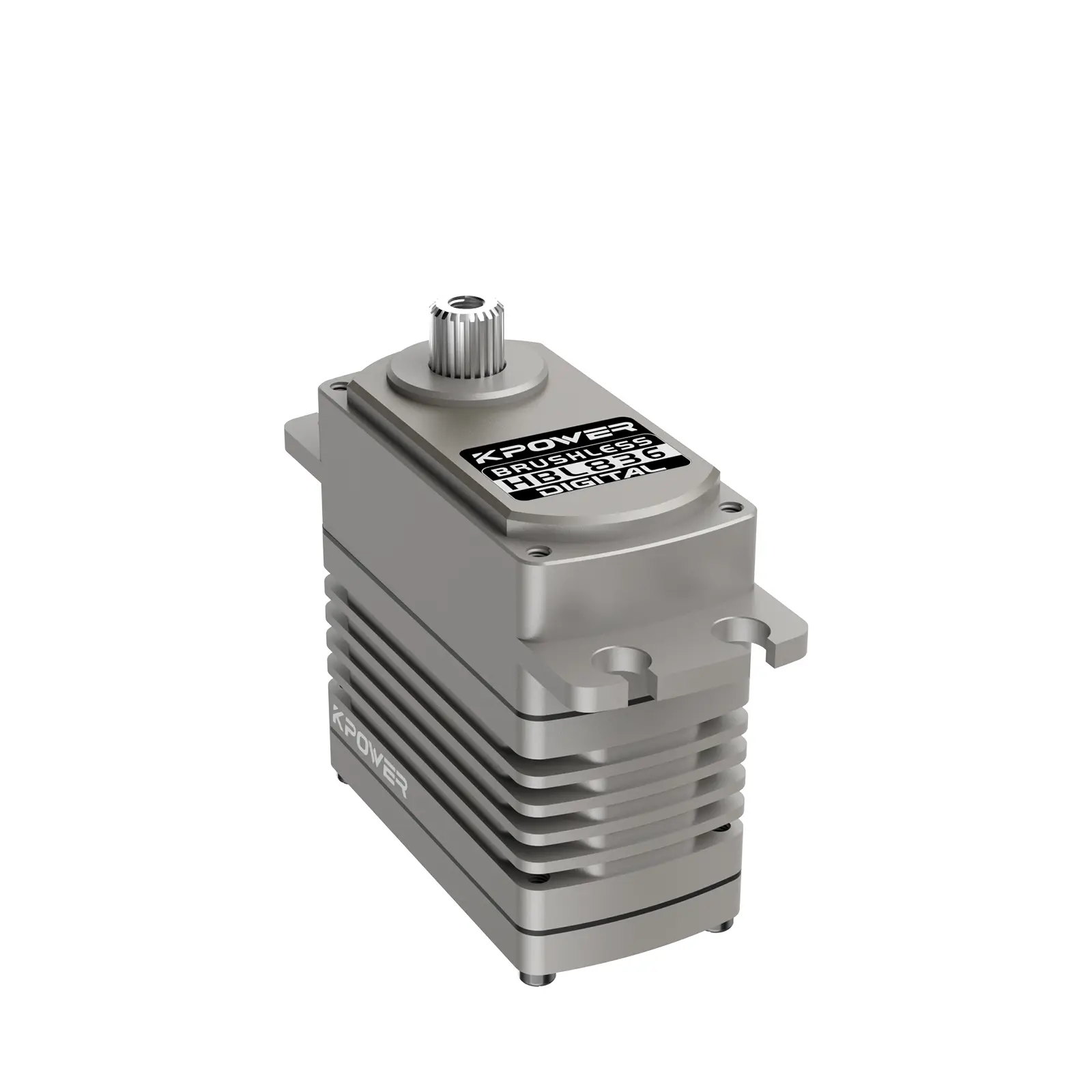Sure! Here's a lively, engaging, and casually insightful piece about "Microservices Design Patterns with Examples," crafted to catch attention and flow naturally without overly formal tones or restrictive language.

Ever wondered why some apps seem to scale forever while others get bogged down faster than a penny in a jar? Microservices might be your answer. These tiny, self-contained services turn complex monolithic apps into a collection of manageable chunks. But here’s the real kicker: designing those chunks isn’t just about splitting everything into smaller pieces. It’s about choosing the right patterns, the ones that make systems reliable, scalable, and easier to evolve.
Imagine building a smart home system. You don’t want one giant server controlling every device; instead, you want a separate service for heating, lighting, security, and so on. Each of these can work independently but still talk to each other smoothly. That flexibility is what microservices bring to the table. Now, how do you design these services? That’s where patterns come into play.
Take the “API Gateway” pattern. Think of it as a concierge at a fancy hotel. Instead of handing guests different keys for each room, the concierge figures out who wants what and delivers. For microservices, the API Gateway handles all client requests and routes them efficiently. It keeps things simple for the user and reduces the load on individual services.
Then there’s the “Service Discovery” pattern. Want to find a favorite restaurant in a city? You don’t wander aimlessly—you use Google Maps. In microservices, Service Discovery helps services find each other dynamically—no hardcoded addresses needed. It makes scaling up or down a breeze since new instances can be added or removed without chaos.
Ever bumped into a system that crashes every time a small error pops up? That’s where the “Circuit Breaker” pattern steps in. Think of it like a fuse box—if one circuit trips, it protects the whole house from damage. When a service isn’t responding, the circuit breaker stops calls to it temporarily, preventing cascade failures and keeping the system alive.
But, how do you put all this into action with real-world examples? Consider e-commerce platforms—think Amazon-style giants. They use service patterns to separate payment processing, product catalog, user accounts, and logistics. This allows each area to evolve differently, scale independently, and recover quickly from hiccups.
You might ask, “Is using these patterns complicated?” Honestly, mastering them takes some effort, but once you understand their roles—like puzzle pieces fitting together—the whole picture becomes clear. You’d see how a small change in one microservice doesn’t bring down the entire house.
So, if you're pondering where to start with microservices, focus on understanding these core patterns. They act like building blocks to craft systems that are robust and agile. Whether you’re handling a startup or an enterprise-level app, these design principles make a difference. And in the fast-moving world of tech, staying flexible keeps you ahead.
Microservices aren’t just a buzzword; they’re a game-changer. Choosing the right design patterns can turn chaos into clarity, complexity into simplicity. When was the last time you looked at your architecture and thought, “This could run smoother”? Maybe it’s time to rethink how you organize your services.
Established in 2005, Kpower has been dedicated to a professional compact motion unit manufacturer, headquartered in Dongguan, Guangdong Province, China. Leveraging innovations in modular drive technology, Kpower integrates high-performance motors, precision reducers, and multi-protocol control systems to provide efficient and customized smart drive system solutions. Kpower has delivered professional drive system solutions to over 500 enterprise clients globally with products covering various fields such as Smart Home Systems, Automatic Electronics, Robotics, Precision Agriculture, Drones, and Industrial Automation.




































